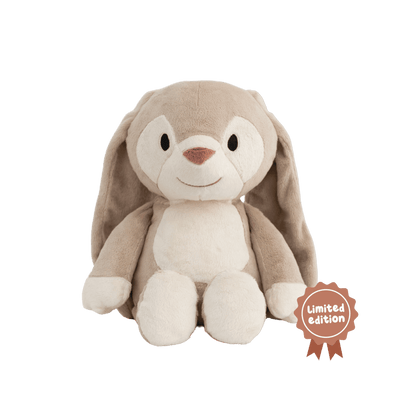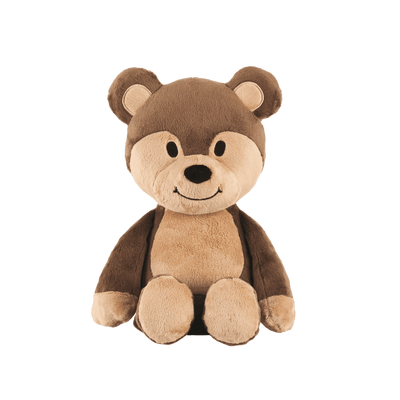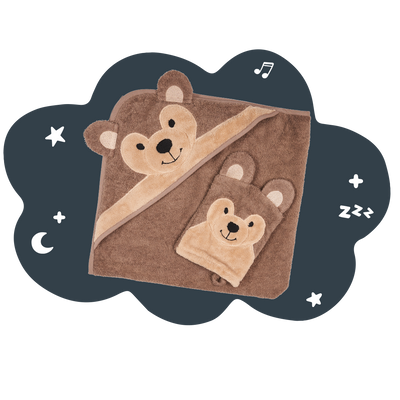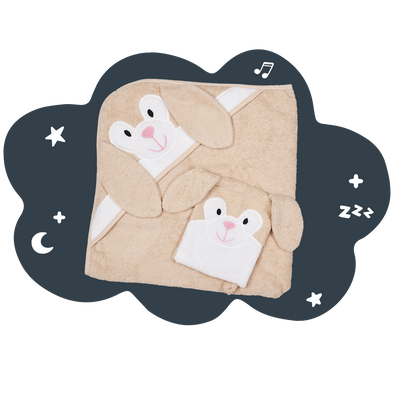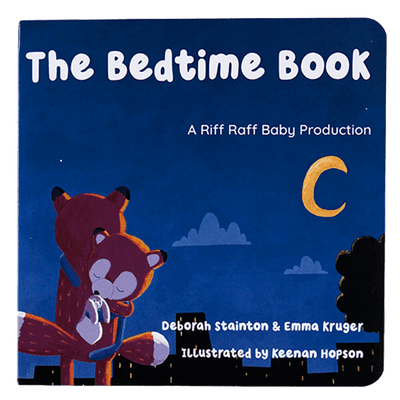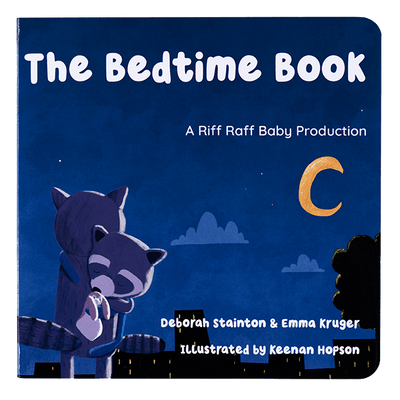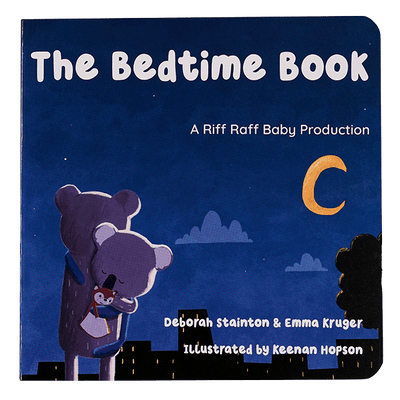
When summer arrives, bedrooms get brighter. The sun lingers well past bedtime, mornings creep in earlier than you’d like, and many parents wonder: Does my baby need total darkness to sleep well or should they learn to snooze in the light?
The short answer: it depends on age and temperament. Some little ones are unbothered by daylight and background noise, while others lock onto every shadow, sound and movement. Here’s how to tell what your child needs and how to set up sleep so it feels easier for everyone.
Why Darkness Matters for Sleep
Our bodies use light and dark to regulate the circadian rhythm (the internal clock that cues sleep and wake). Darkness supports melatonin release and helps all of us, big and small, wind down.
Night vs Nap (What’s Non-Negotiable):
Keep night-time truly dark, especially during wakes and feeds. Even brief bright light (including phone torches) can nudge the body toward “wake mode”. If you’re up around 5 a.m., keep things dim so the body clock doesn’t decide that it's morning.
Riff Raff tip: A dim, warm night-light is fine for safety; position it low and away from eyes.
Newborn Day–Night Reset (First 6–8 Weeks)
In the early weeks, many babies experience day–night confusion (sleeping long stretches in the day and partying at 2 a.m). Short naps in a brighter space (or out in the pram) help them learn that day is light, night is dark. From around 3–4 months, as sleep cycles mature, lots of babies begin to benefit from darker nap rooms.
Older Babies & Toddlers: Know Your Sleeper
Is Your Child a “FOMO Baby”?
These curious cuties fixate on visual input: window lines, moving leaves, the sliver of light under the blind. For FOMO babies, darkening daytime naps often:
- shortens settling time, and
- helps them link sleep cycles (goodbye, 30–40 minute catnaps).
The 10-Minute Experiment (light sensitivity test):
Try two naps on different days; one as-is, one with proper darkening. If settling is faster or the nap lasts >20 minutes longer in the dark, you’ve likely got a light-sensitive sleeper.
Match Naps to Nights:
If nights are great in the dark but day naps are short, replicate the night environment (dark + quiet) for naps. Many parents see an immediate difference.
Will Dark Naps Ruin Pram or Car Naps
No. Dark-room naps rely on reduced stimulation; on-the-go naps rely on movement + snugness + warmth. Different cues, different pathways, so you can absolutely have both. If you like a “best of both” approach, aim for one dark-room nap at home and one flexible nap out and about.
The Magic of White Noise
If household noise or siblings wake your light sleeper, consistent white noise can be a game-changer. The gentle hum helps to mask sudden sounds and creates a constant, womb-like backdrop that tells your little one it’s time to rest.
Our Riff Raff Sleep Toys make this simple: each soft comforter has built-in white noise and lullaby options that play for 20 minutes, 40 minutes, or 12hrs with adjustable volume so you can keep sound levels safe (under ~50 dB at cot level - a quick phone app can check this).
The beauty of combining comfort + sound in one? Your baby isn’t just soothed by the noise - they connect the familiar feel, scent and presence of their favourite comforter with winding down for sleep. Over time, that powerful association means they don’t just fall asleep more easily… they settle themselves back to sleep too.
This Season Is Short
Multiple-nap logistics don’t last forever. Sleep needs and preferences shift quickly across the first two years. Optimise for what works now, and give yourself permission to change it later.
Putting It Together: A Simple Summer Sleep Plan
- Keep nights dark. Dim for all wakes/feeds; avoid bright bathroom/phone lights.
- Use daylight strategically for newborns. Brighter day naps help sort day–night.
- Test light sensitivity. Run the 10-minute experiment and adjust naps accordingly.
- Don’t fear flexibility. Dark naps at home won’t kill pram/car naps.
- Layer in cues. White noise, comfort items and a predictable wind-down.
Comfort + cues, the gentle way:
- A familiar friend helps wherever they sleep. Our Riff Raff Sleep Toys pair soft comfort with built-in sounds to smooth the transition from bright play to calm rest.
- For toddlers who need a bigger cuddle at lights-out, a Big Bestie offers reassuring weight and size.
- Anchor the routine with a short story from the Riff Raff Bedtime Book: lights low, voices soft, same pages each night.
Summer light doesn’t have to mean summer sleep struggles. Tune into your child, run the quick test, and lean on consistent cues to make rest feel easy - whatever the weather’s doing outside.
Safe Sleep Note: Always follow safe sleeping guidelines and use under adult supervision for children under 7 months. To learn more click here.













